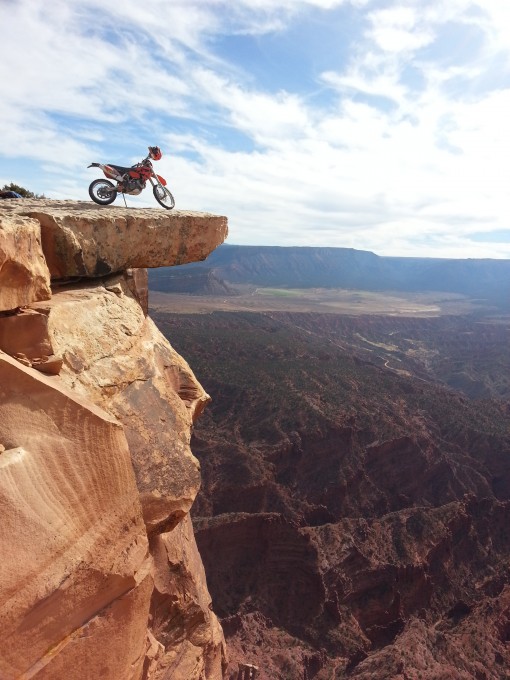Onlays and the New User - Want to Smile Big?
Since the release of the 4.0 software quite some time ago, the learning curve for new users has gotten less steep. Now that's not to say learning to use the system doesn't require a great deal of training and an investment of time by the new user. We all can agree that watching videos on cerecdoctors and taking an active role with the discussion boards is absolutely the best way to face the challenge. Taking advanced courses early on was some of the best advice I was given when I began my cerec journey and that still holds holds true today. Even more so really, because there is so much more that can be done with cerec today than when I started out.
Recently on the discussion boards there have been questions from new users regarding problems they encountered with their first restoration. The common theme in these situations is that people are attempting Onlays right out of the gate. We all know that our CEREC machines are fantastic for Onlays and can help our dentistry be conservative, beautiful and long lasting. The only problem is that they are the most difficult restorations to start with.
Onlays require us to be at our best and do everything right. The basics, prep, powder and picture always apply and are of the utmost importance with Onlays. Those things can be challenging for the new user and require practice to get right. The prep is unequivocally more difficult for onlays than full coverage. We need to unlearn many of the things that we were taught in dental school. I approach each tooth the same way and it helps me to visualize where I need to be at the end.
My approach is to first remove all restorative material, I then evaluate the remaining tooth structure for fractures, unsupported enamel and decay. I try to prep out the fractures that are present, remove all unsupported enamel and clean up any decay. Then I clean off the prep with water spray and sit back and look at what remains. It is at this time that decide if in fact this tooth is still a candidate for partial coverage. If I am unsure, I move to full coverage and so be it. If I have a good amount of strong, well supported structure remaining I decide upon each individual cusp and if it needs to be showed or not. Importantly, I try to take into account where the margins will lie in relation to the the opposing cusps. We certainly do not want to leave a margin where it can be chipped and ditched by the opposing tooth. This sometimes pushes me to shoe a cusp to move the margin into a safer area. Then when all of that is taken care of I will spend some time smoothing all surfaces including the floor of the prep. I make all transitions smooth and free flowing. I remove any harsh angles that will lead to milling problems. I remove any undercuts and make sure I can capture the entire margin in one image. Finally, I look at any esthetic concerns and make sure that I can blend my margins well so they can disappear. If I am concerned that this may not be possible I sometimes drop the margin cervically to meet an esthetic requirement.
That's basically it. Onlays are where CEREC shines. Do them often just not in the very beginning. Let your skills develop and then tackle the more difficult restorations. Struggling in the beginning is not good for the mind and will slow down the process by decreasing your comfort level. Full coverage restorations on first molars and premolars should be your starting point. Get a few under your belt and then the sky is the limit. Most of all have fun with it and stop to think how it used to be done. That should make you smile.

just finished one, ditto on everything. Loving every minute of year #30 thanks to technology.



